2026 Cadillac LYRIQ-V First Drive: Is the Extra Velocity Worth An Extra $12-20k? originally appeared on Autoblog.
The fastest around
As I sat in the media center of the Tacoma Dome in Tacoma, Washington, listening to Cadillac engineers talk about the new Lyriq-V EV being the “quickest Cadillac ever,” my mind immediately went to the Blackwing. Then, as I sipped more of my coffee and consumed more calories, I realized there was a difference between the “fastest” and the “quickest.” The “V” part of the equation, which stands for “Velocity,” is more than just a performance package or a party trick. Cadillac updated the battery thermal control system, suspension improvements, increased braking, faster electronic steering, and changes to the battery discharge current were made to accommodate all 100 extra horses (yes–that means 615 horsepower over 515).
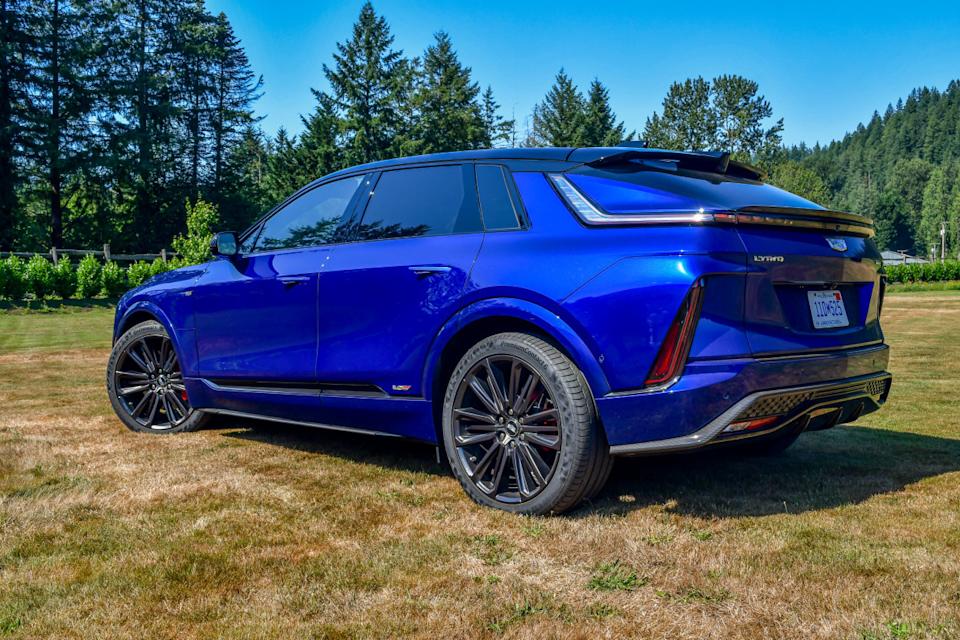
While all those changes and improvements mean Cadillac took a 0-60 time of 3.3 seconds very seriously, it also means a pretty dramatic increase in cost compared to the base Lyriq, which was already a fairly quick EV. The base Lyriq’s price range is from $60,090 to $72,490, while the Lyriq-V starts at $80,090 and maxes out at $85,290 for the Premium model. Those are price differences of $20,000 and $12,800 (they do qualify for the $7,500 tax credit since it’s built in Tennessee, but that’s for as long as that incentive lasts). Do all those improvements, paired with “V-Mode,” justify the price difference? I was invited by Cadillac to Seattle, Washington, to spend some time behind the wheel of one and find out.
The Cadillac Lyriq was already good, now it’s better
The Cadillac Lyriq, even as the base AWD model, is an amazing feat of engineering and design. Even though it’s an EV, it still carries over design aspects of classic Caddies, like the rear taillights, the headlights, and the front fascia. The interior, despite being very performance-luxury focused, was buttoned up and tidy with a touch of poshness, leather, and, of course, large, responsive, and vibrant screens almost spanning the entire width of the SUV. The seating position isn’t too high, nor is it too low; visibility is excellent, and it has a lot of personality. The base model is no cheap pony, either. The AWD model, for either the Sport or the Luxury trim, comes with 515 horsepower and a 0-60 time of 4.6 seconds. In RWD, it comes with 365 horsepower and can get to 60 mph from a stop in 5.7 seconds.
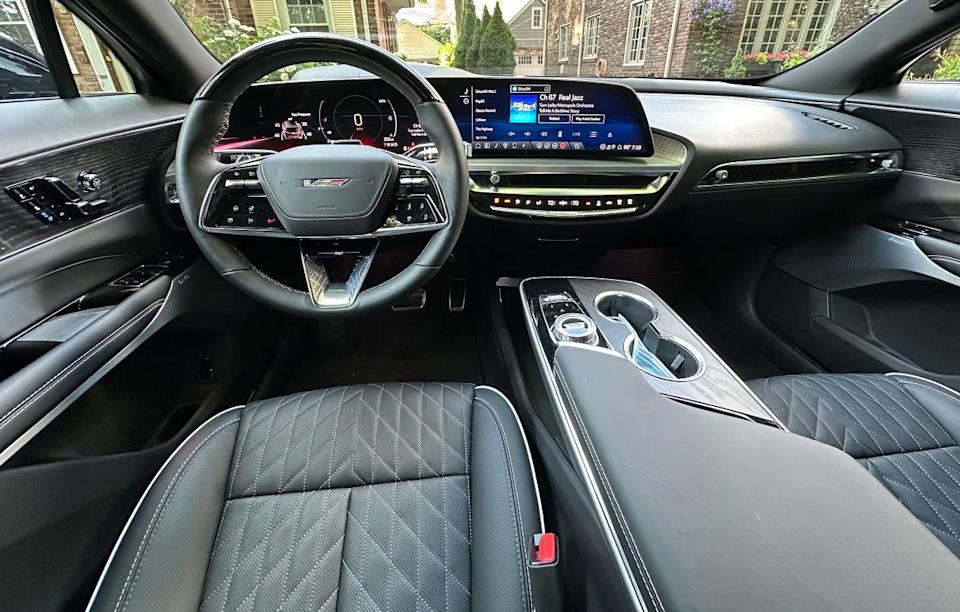
In rear-wheel drive, you get the most range at 326 miles. All-wheel drive still comes with an impressive range of 319 miles, and the Lyriq-V, with its power increase and performance upgrades, has the least amount of range at 285 miles on a full charge. Some might cringe at that figure, but other performance EVs have similar, if not worse, ranges. The Tesla Model Y Performance, for instance, is said to have a range of 277 miles, but most owners or reviewers report an average of 230 miles of range on a full charge. The BMW iX has a range of around 264 miles. The only other EVs that have better reported ranges are the Acura ZDX Type S at 294 miles (though when I reviewed it, I got 310), and the Mercedes-Benz EQS 450 with 312 miles and AWD. The Acura ZDX is a nice EV, but not nearly as fast, and the Mercedes-Benz is a lot more expensive than the Cadillac (think six figures for this one). Super Cruise is also very hard to pass up, as it’s one of the most accurate, fluid, and user-friendly hands-free driving experiences out there.

From the outside, there’s not much difference between the Lyriq-V and the standard Lyriq, and that’s kind of what I love about it. It looks exactly like a regular ol’ Lyriq, but it packs a much bigger punch. Interior-wise, there’s no difference either, except for a fat “V” button on the steering wheel. Pushing it can activate either Comp mode or Velocity mode, which comes with all the performance perks, paired with 615 horsepower, and my personal favorite: launch control.
Launch control is any EV is a blast–but the Caddy would be a favorite at any party
That's mostly because you can launch it again, and again, and again, and again, and get to sixty in 3.3 seconds (though The Drive’s Joel Feder scored a 3.0 during his time behind the wheel) without worrying about overheating the battery. The updated thermal control system has been updated to keep the motors and battery cool before they heat up from multiple launches or pushing it on backcountry roads. As I mentioned before, the suspension setup is more performance-oriented and designed to be able to handle the V’s heft. In “Tour” mode, it softens up a bit so it’s better for daily driving scenarios, too.
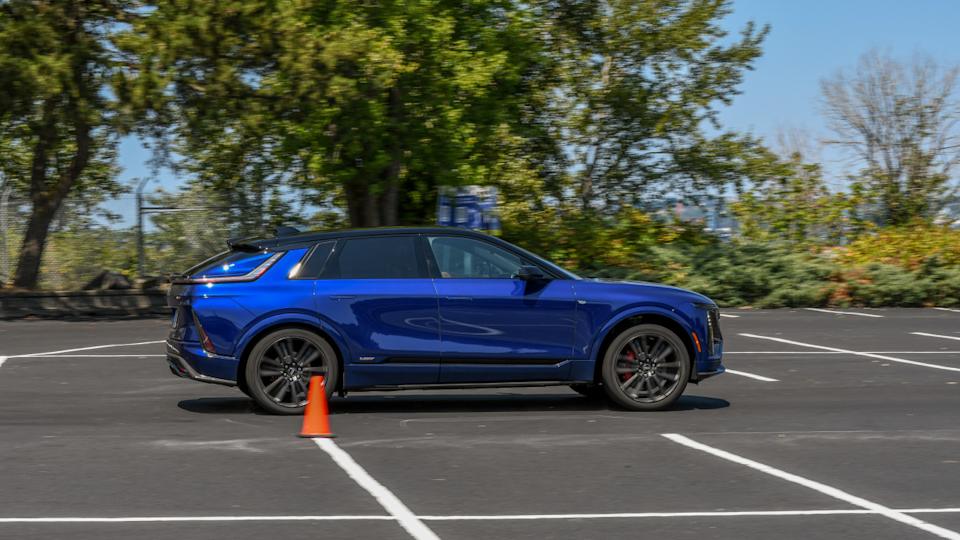
Anyway, I launched the Lyriq-V three times. I pressed the “V” button on the steering wheel, put it in drive, and waited for launch control to activate. Once I saw “Launch Control Ready” on the large 33-inch display, I was prompted to put my foot on the brake. Once I did that, I felt the Lyriq-V hunker down. Then the engineer told me to floor it when I’m ready for “take off,” and all I could think about was SpongeBob saying, “Floor it?” I did just that and flew down the track. I’ll admit it, I screamed involuntarily each time, but I came out of the EV smiling, giggling, and shaking a little bit each time. Despite feeling like I was being launched into space, the Lyriq was steady, controlled, and easy to manipulate. The brakes and tires worked in tandem to slow me down incredibly quickly, and it was ready for another run.
I watched six other journalists make multiple runs without the Caddie’s brakes, battery, or motors needing a cool-off break. Every single time it was launched, the driver was able to drive it back up to the starting line and immediately run it again. If you pulled up to a party in this and mentioned your EV could go 0-60 in 3.3 seconds, consistently, and for multiple runs after easily getting it into launch mode, you would easily become everyone’s favorite guest.
An autocross section showed off the other enhancements
After we all got our blood pumping and adrenaline flowing with the 0-60 test, we were shuttled to the next (and most fun) part of the experience: an autocross section. Several tight turns, acceleration and braking sections, as well as back-to-back turns, helped us understand how the changes to the suspension, steering, throttle response, and brake torque vectoring work in tandem to make the Lyriq a true thoroughbred. Cadillac explained that when it’s put into Comp (short for “competition,” naturally) mode, the AWD system is designed to apply wheel brake pressure in a corner to transfer torque to the outside wheels to simulate a limited-slip differential. It can also help you break the back end loose to get a few drifts in here and there. All controlled, of course.
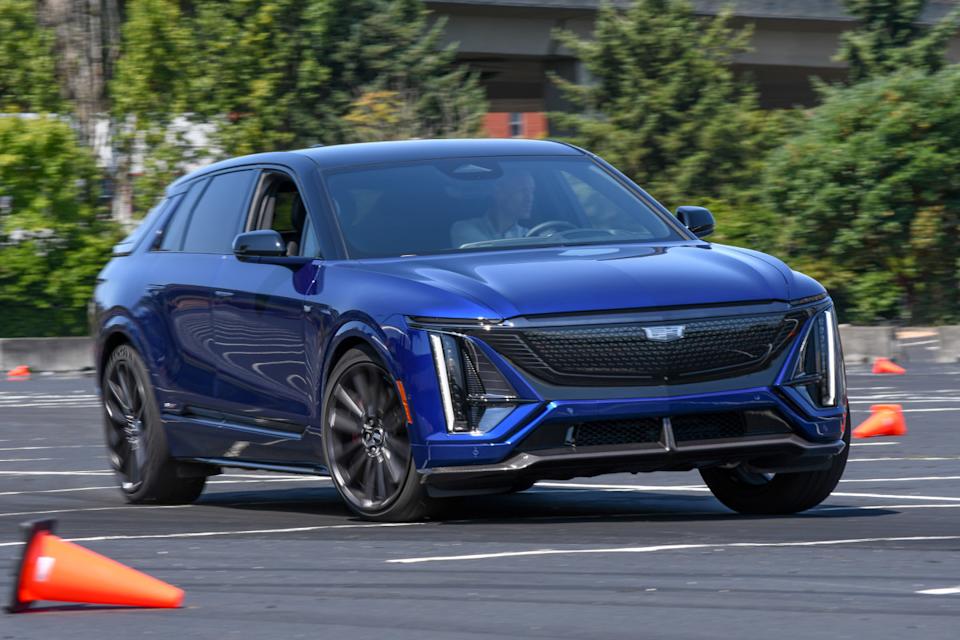
The Cadillac Lyriq-V weighs around 5,990 lbs with AWD, but you wouldn’t know it the way it handled that autocross track. Driver after driver slung it around, and even those with no autocross experience (like myself) were able to get in and feel like I could be a co-driver in the next WRC event. Those with experience truly shone and were able to employ every upgrade beautifully, and it was truly fun to watch. It felt like a gutted, fully-built track car, without looking like one. You can drive around with leather, a fancy sound system, and a large screen, and fling it around in an autocross with your kids in the car without breaking a sweat or damaging anything in the process.
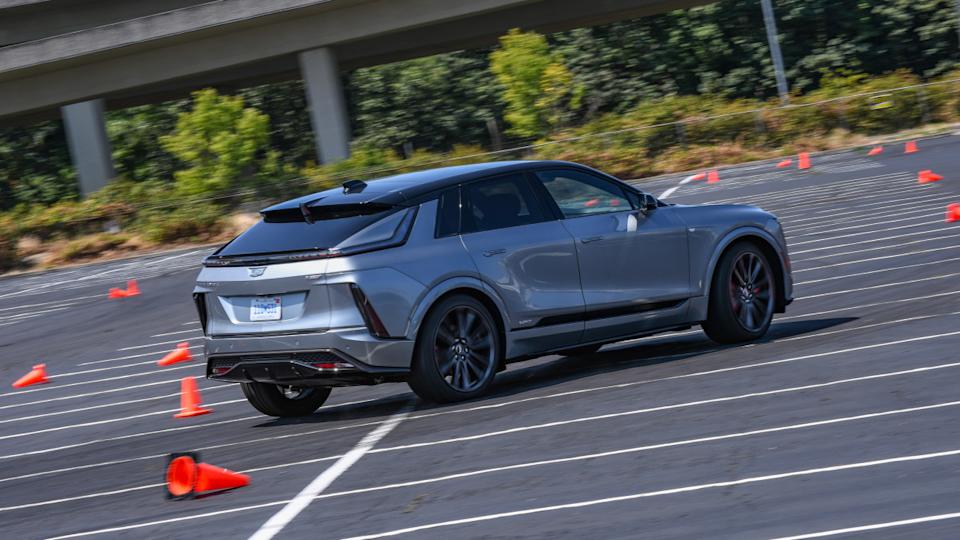
That’s something Cadillac continued to stress: the Lyriq-V was designed to handle both your daily errands, as it has enough space for the whole family, and be able to hit the track within the same hour. After driving it through Washington’s beautiful and dynamic mountain roads, I believe that.
Final thoughts: Is all that and a bag of chips worth the price increase?
The Cadillac Lyriq-V really, truly can do it all. With the range, drive modes, interior features, and creature comforts, it can handle the daily commute, errands, the school pick-up, and drop-off with ease. When you’re bored of running the same rat race, you can put ‘er into V or Comp mode (or both), and remember what it feels like to enjoy both life and the car you spent a very pretty penny on. I’d have to drive the standard AWD Lyriq to put my full weight into this answer, but I personally don’t feel like 100 extra horsepower and all those performance upgrades are worth the extra $20,000 and $12,800 over the standard Lyriq. The AWD Lyriq Sport, on paper, has plenty of power and performance-oriented features to keep the average thrill-seeking family man (or woman) happy, and in this economy, it’s very hard for me to justify that stark a price difference.
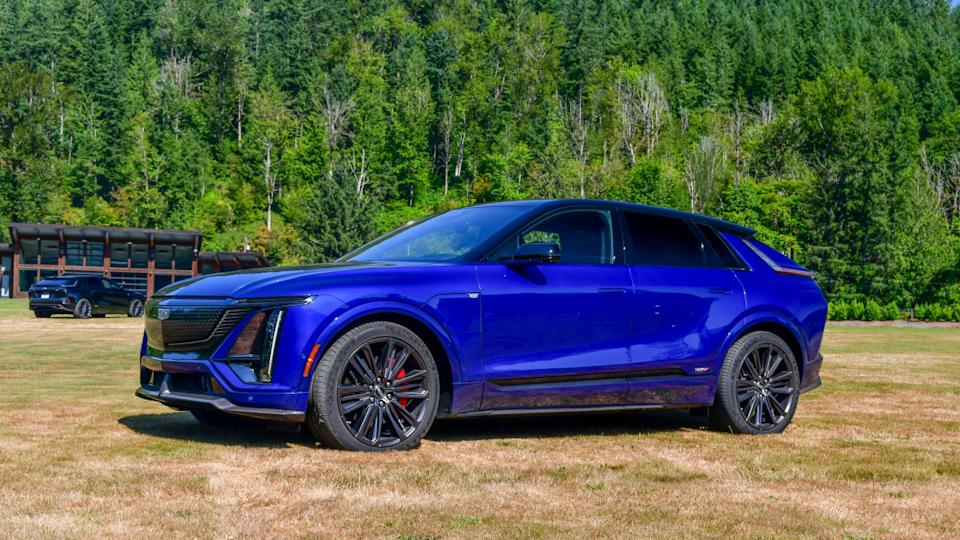
Now, if you do have the financial means, a space for a charger, and you want something that really does have both feet in two different worlds, there are very few that wear both hats as well as the Cadillac Lyriq-V. Considering how many other performance-luxury EVs are out there, the price isn’t as hard to swallow. I love the interior layout, and I can’t wait to put my kids in one to test the Lyriq from a third angle. Additionally, it’s a minor note, but the model I tested had Android Auto grandfathered in, and it’s hard for me to imagine driving one without it. However, GM’s in-house operating system isn’t bad, and feels like a pretty seamless transition from Android Auto to their software. Apple users may have a harder time, but tech-intuitive folks would adjust quickly.
2026 Cadillac LYRIQ-V First Drive: Is the Extra Velocity Worth An Extra $12-20k? first appeared on Autoblog on Jul 30, 2025
This story was originally reported by Autoblog on Jul 30, 2025, where it first appeared.

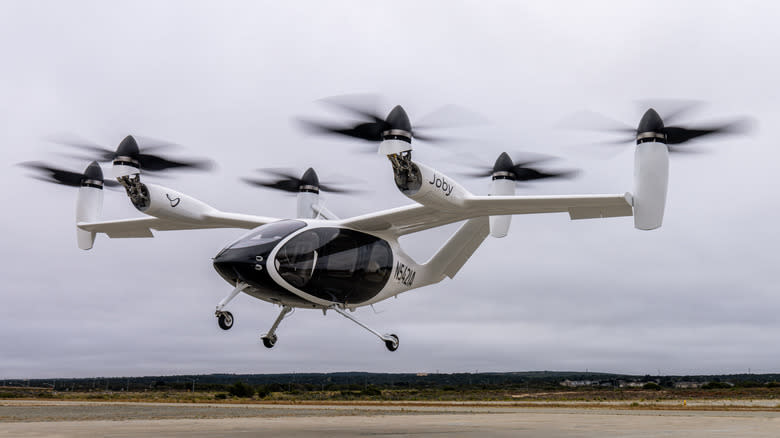

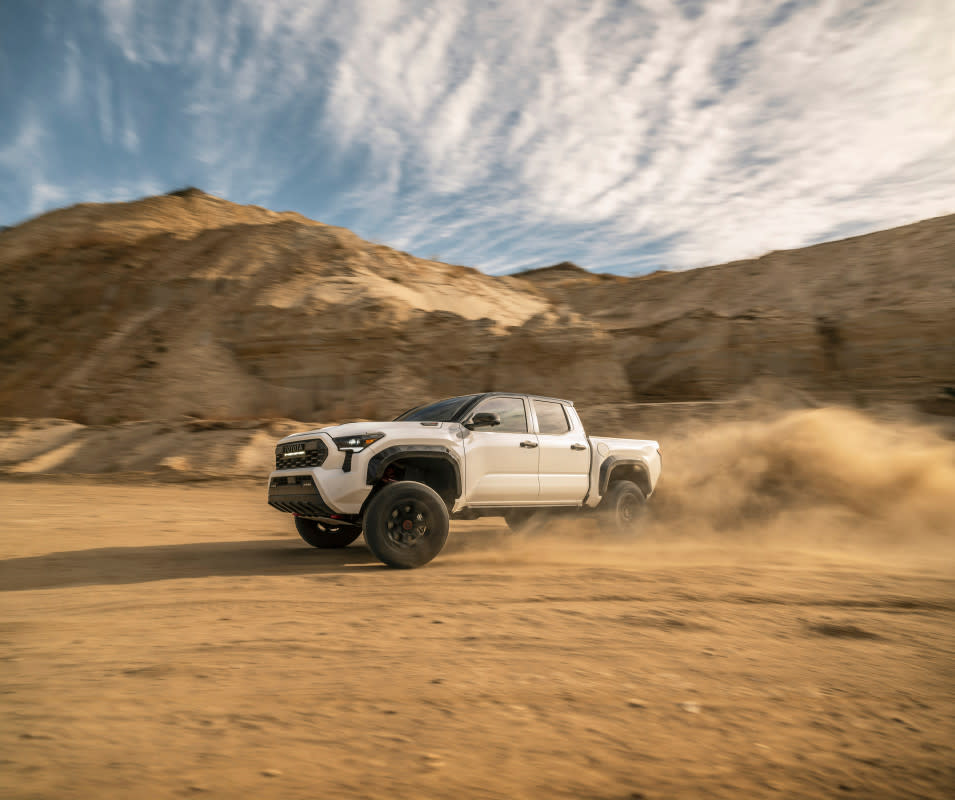
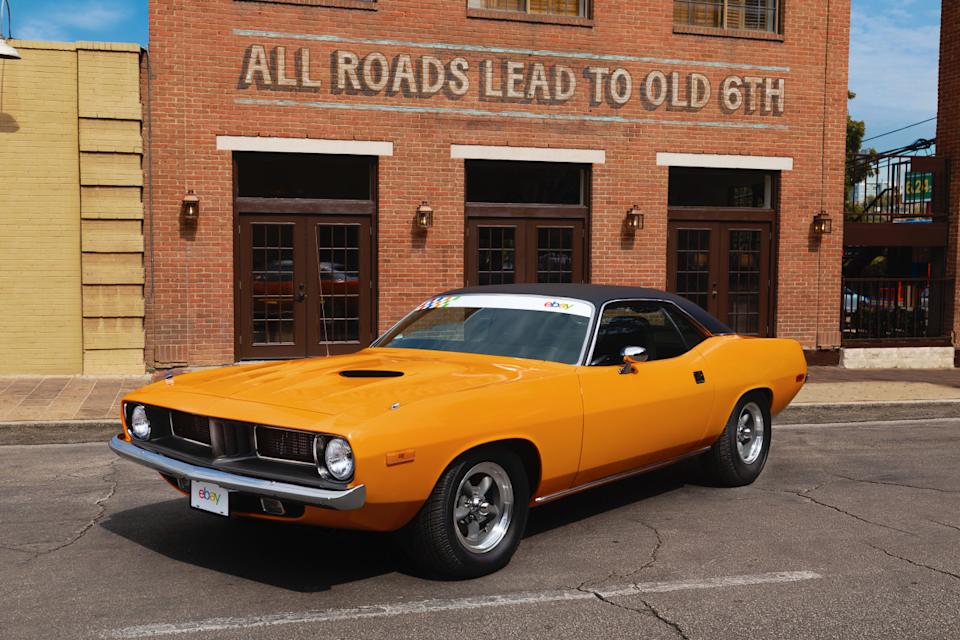


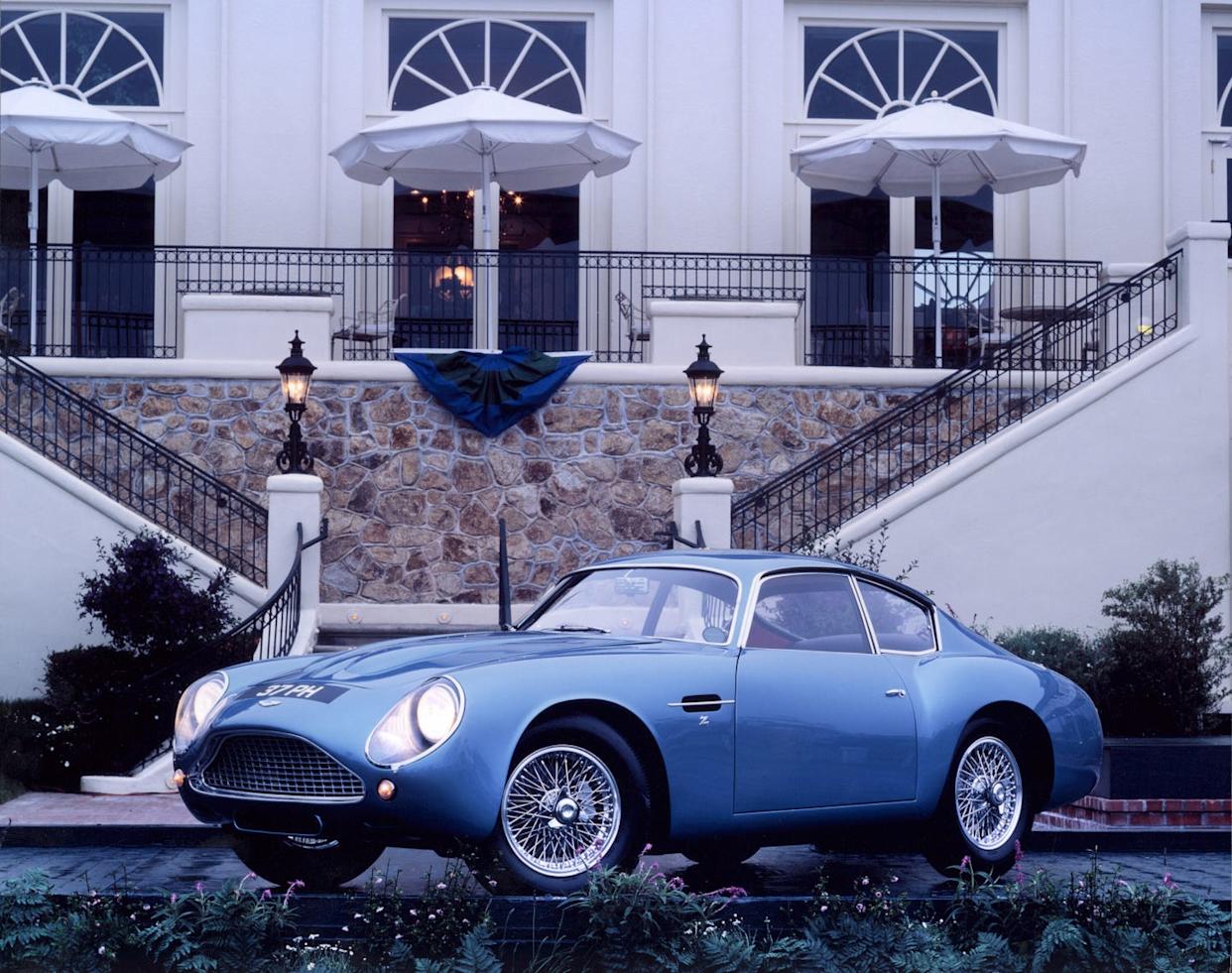
Comments